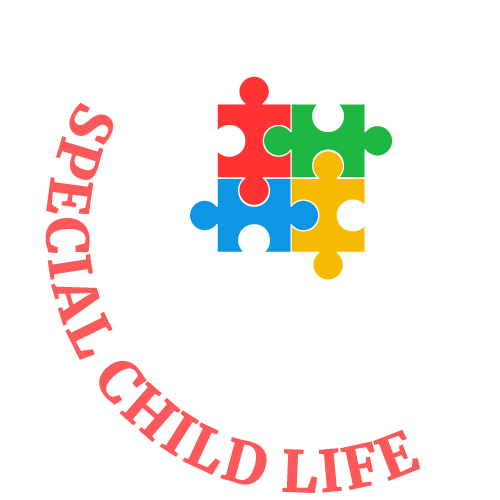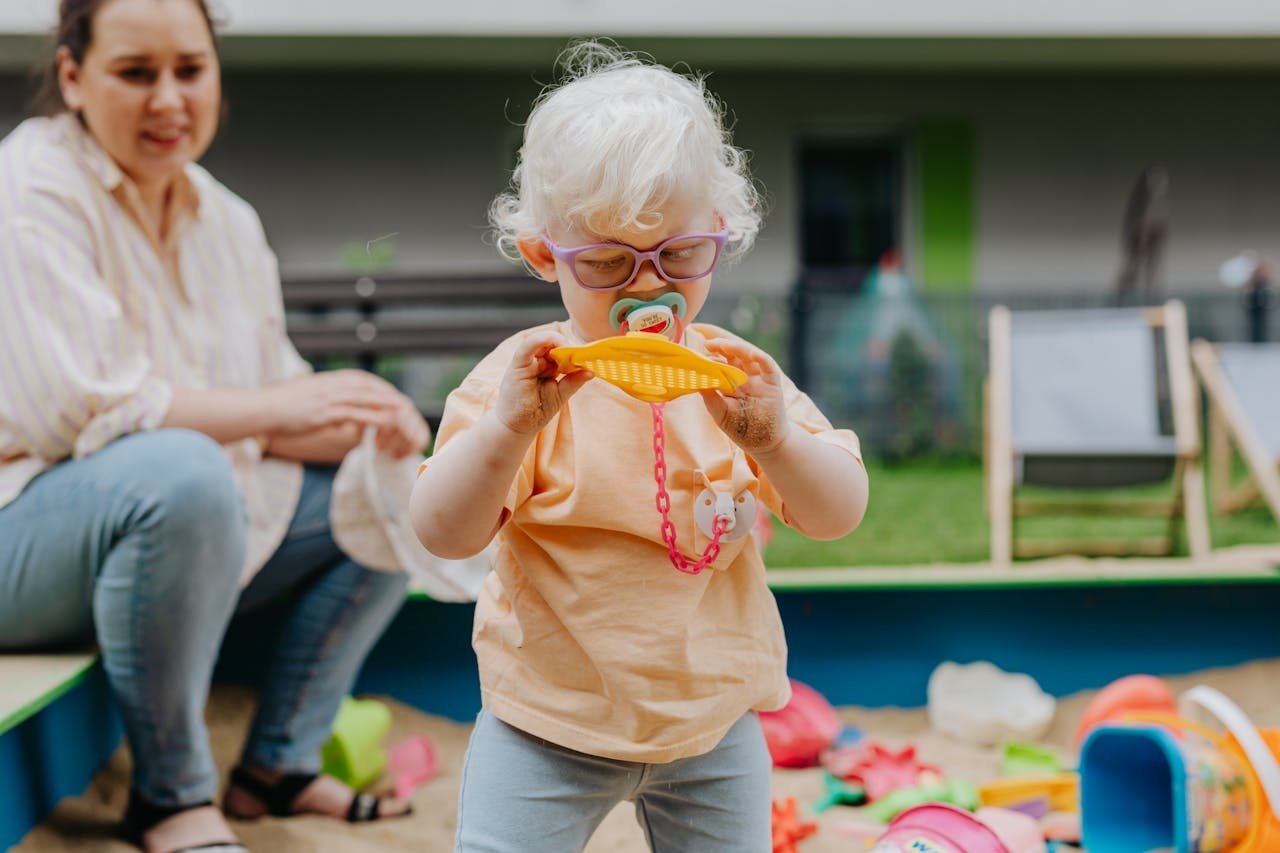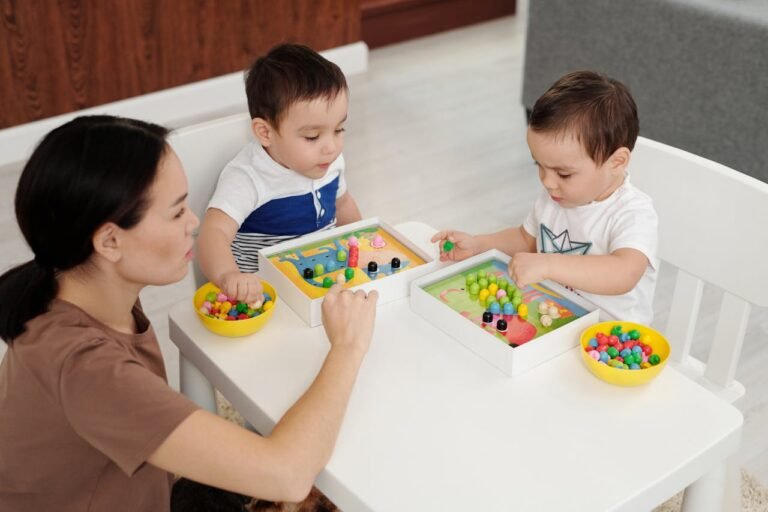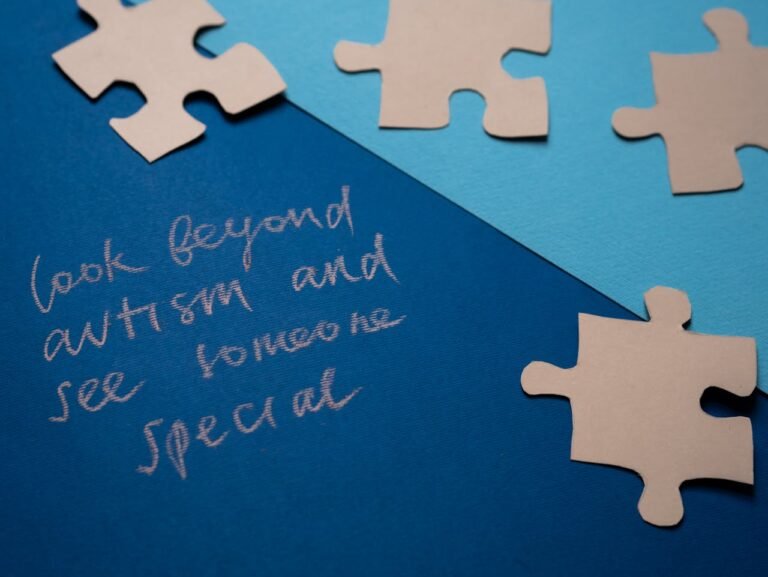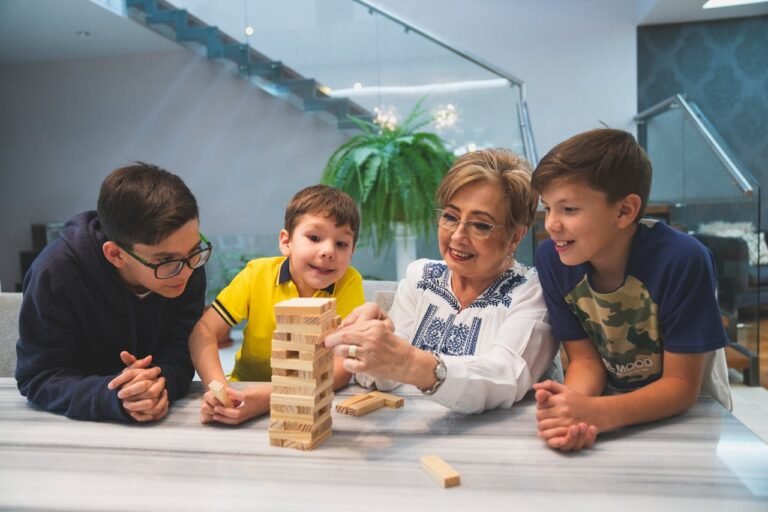To apprehend the phrases and numbers quite properly, however, have unique issues with such things as expertise maps or identifying where things are in an area; those challenges may be part of something known as Nonverbal Learning Disabilities in Special Children. It isn’t always approximately how well you talk or read; it’s miles approximately how your brain interprets and then uses facts from the world around you.
This paper will underline what Nonverbal Learning Disabilities is all approximately, why it’s miles essential to set up its signs early, and the way it can effect on day by day lifestyles. The information of NVLD can substantially assist in changing the manner we assist humans with whom this circumstance happens. Now, let’s delve into this lots-needed guide to examine more approximately NVLD and the way we can be more knowledge and better help people with this particular getting to know distinction.
What are Nonverbal Learning Disabilities (NVLD)?
Nonverbal Learning Disability in Special Children refers to learning disabilities wherein students have a tough time with expertise and the use of non-verbal cues and facts. Unlike other getting to know handicaps that affect analyzing or math, Nonverbal Learning Disabilities usually influences spatial cognition, visual-spatial abilities, and social interactions.
Understanding Nonverbal Learning Disabilities (NVLD) in Special Children
Many humans with Nonverbal Learning Disabilities broaden their verbal competencies; however, they often absolutely miss the body language, facial expressions, or social cues. There may be a hassle making buddies, information jokes, or even knowing what behaviors to use in various social conditions. Imagine looking around and wondering where matters are located in space, or not being capable of apprehending what a map says, no matter how good a very good reader or speaker.
Impact on Cognitive Skills
Much has to do with the processing of NVLD in spatial relationships, abstract questioning, and trouble-fixing in the mind. It may be very hard to carry out tasks that require the student to collect their thoughts or understand the “large photo.” This will affect distinct areas of the student’s instructional realm, positioned more particularly in those concern areas or obligations requiring visible-spatial reasoning.
Emotional Aspects
Living with NVLD may be exasperating and even alienating at times. Picture yourself continuously trying to understand what others had been saying, but just lacking the means. Though shallowness and confidence are at stake, it’s equally essential to pick out these trends early enough and act accurately with support.
Understanding NVLD in Special Children will help in planning supportive environments and applying techniques efficaciously to assist human beings with unique learning differences.
Common Signs and Symptoms
Spatial Awareness and Visual-Spatial Tasks Difficulties
Individuals affected with NVLD in Special needs can have weaknesses in tasks that require the use of knowledge about spatial relationships or getting around in physical environments. They may additionally have issues analyzing maps, estimating distances, judging spatial relationships, or visualizing how matters will fit together in space.
Social Interactions and Nonverbal Communication Problems
Individuals with Nonverbal Learning Disabilities in Special needs often misunderstand the social cues, frame language, and facial expressions around them. This incapacity to comprehend the feelings or intentions of others is one of the maximum common elements that make it difficult for a person with NVLD to form and sustain friendly relations or any other close bond.
Strong Verbal Abilities but Weak Nonverbal Reasoning
One of the hallmarks of NVLD in Special Children is making a comparison between study verbal capabilities and weak nonverbal reasoning. They are probably doing properly in language-primarily based tasks like studying, writing, and speaking me but poorly in things that require visuospatial use of reasoning or abstraction abilities.
Mastering these signs and symptoms and symptoms is an important foundation that permits early identification and support for Nonverbal Learning Disabilities in Special needs. It brings out regions of challenges after which suitable interventions and interventions may be designed to guide their fulfillment in lecturers, social relationships, and emotional lives.
Diagnosis of NVLD in Special Children
Assessment Process
This analysis of Nonverbal Learning Disabilities is reached after an average evaluation detailing how individuals with the disease process data and then interact with the environment. It usually includes:
- Psychological Assessments: Testing executed by psychologists to measure the individual’s cognitive competencies, such as verbal and non-verbal reasoning, reminiscence, and velocity in processing information.
- Behavioral Observations: Observations achieved with the aid of the school room instructor and different specialists in one of a kind milieus to evaluate social talents, adaptive functioning, and behavioral patterns.
Roles of Professionals
The prognosis of Nonverbal Learning Disabilities in Special Children calls for the involvement of numerous professionals. These include:
- Psychologists: They do psychological tests to determine cognitive functioning and unique getting to know profiles.
- Educators: Liaison regarding the affected person’s instructional performance, behavior in class, and socialization.
- Specialists: Professionals, like addition as speech-language pathologists and occupational therapists, who can add information concerning language capabilities, motor coordination, and sensory processing.
This type of multi-disciplinary collaboration would carry in actual know-how about the strengths and weaknesses of the individual. It can also assist in effecting intervention strategies and specializing in plans that are germane to his desires.

Strategies & Interventions for NVLD in Special Children
Accommodated Teaching Methods and Strategies: Educational Approaches
Educational strategies for NVLD in Special Children are aimed at accommodating the variations in getting to know, improving the ability to achieve educational achievement:
- Structured Learning Environment: Clear routines, through visual schedules, are traits that assist with employment. This establishes predictability.
- Multisensory Teaching: The techniques employed would use as many of the senses as feasible to ensure effective gaining knowledge with as it’s far on hands-on activities and interactive classes.
- Visual Aids and Supports: Using visual aids like picture organizers, diagrams, and color-coding to concretize abstract concepts for better comprehension and improved retention.
Cognitive Behavioral Therapy (CBT)
Specific CBT strategies have been discovered to be maximum useful in the social-emotional challenges that typify NVLD in Special Children:
- Social Skills Training: Training of explicit abilities like studying social cues, communicative provoke, and upkeep of interpersonal relationships.
- Emotional Regulation Strategies: Helping the individual to pick out and display feelings, deal with frustration and broaden hassle-solving abilities.
- Anxiety Management: Techniques that could reduce anxiety associated with social conditions or instructional duties to reinforce self-belief and vanity.
Motor Skills and Coordination Development
Occupational therapy interventions aim at enhancing motor coordination and purposeful abilities.
- Fine Motor Activities: Hand muscle strengthening sports to sell hand writing and first-rate motor capabilities.
- Gross Motor Coordination: Various sports aimed toward growing and enhancing stability, coordination, and spatial attention.
- Sensory Integration: Ability to lessen exclusive sensory sensitivities by using modulation, resulting in extended consolation and awareness in various settings.
These techniques and interventions aim to assist the individual with Nonverbal Learning Disabilities in Special Children collect and satisfactorily tune the skills vital for achievement academically and social achievement as well as individual. Each of these methods is customized to cope with specific issues and strengths common among individuals with NVLD, which means that when implemented accurately, these students are better positioned to succeed in school, at home, and within the community.
Assisting the Student with NVLD in Special Children
Family Support: How Families Can Assist and Advocate
Family involvement inside the lives of persons with NLD may be very essential:
- Understanding Nonverbal Learning Disabilities: Educates them approximately the signs, challenges, and strengths of NVLD in Special needs so we can assist their loved one neatly.
- Building Skills at Home: Provides both help and exercise for the acquisition of organizational talents, time control, and social interplay abilities inside day by day routines.
- Advocacy: The motive of advocacy is to provide appropriate lodges and help inside instructional settings so their cherished one has access to the proper resources and offerings for fulfillment.
Educational Accommodations in Schools
This results in better academic assist by way of joint collaboration between families, educators, and experts. Some basics that can be considered on this regard are:
- Individualized Education Programs (IEPs): Do offer customized documents outlining unique goals and particular inns to achieve the ones desires, referral to particular guide offerings which could assist meet academic and social emotional needs.
- Accommodations: The modifications in the school room surroundings could permit prolonged time for assignments, seating preferences, assist with assistive technology, and so on.
- Regular Communication: Maintaining open communication among the parents and instructors, checking development often has been useful in adjusting/apprehending techniques in issue.
Tapping Optional Support Groups and Programs for NVLD
Tapping into network assets, individuals with Nonverbal Learning Disabilities can benefit similarly assist and possibilities for themselves through:
- Support Groups: Participating in peer assist organizations where individuals and their households can proportion studies, techniques, and even a chunk of emotional support.
- Educational Programs: Joining instructional education training applications or workshops coaching unique capabilities associated with NVLD in Special Children.
- Advocacy Organizations: Resources and statistics that organizations devoted to NVLD advocacy, awareness, and research offer.
Family aid, educational collaboration, and community sources can provide interlocking helps to ensure NVLD students have a comprehensive support gadget that assures an outstanding educational enjoy whilst improving the first-class of life. These support efforts interlock to create a supportive atmosphere that nourishes strengths and capacities.
Final Note
On the very last notice, we’ve explored Nonverbal Learning Disabilities, including the unique problems it poses in deciphering and coping with the environment. Information on NVLD runs from what Nonverbal Learning Disabilities is to troubles with spatial tasks and social cues, all the way down to many more intricacies of NVLD in Special Children, together with an impact on cognitive ability and emotional well-being.
It is pleasant that one realizes those challenges early and looks out for a suitable guide from unique faculty applications, healing intervention, and any other kind of supportive treatment. We need to maintain instructing ourselves and others about elevating children or teens with NVLD in Special Children, compassionate and supportive environments that permit them to attain their complete ability both at school and at social activities.
If you think that you or a person near you has NVLD, act on that instinct by getting expert assessment and intervention. Informed insight and decks of strength development will make it possible for those with NVLD to succeed and recognize a way to stay away from weaknesses. Remember, while no two trips of NVLD in Special Children will ever be identical, with aid and understanding, all have capacity that may be tapped into.
FAQs about Nonverbal Learning Disabilities
What is Nonverbal Learning Disability (NVLD)?
Nonverbal Learning Disabilities is a neurological condition characterized by using weaker than everyday competencies to method nonverbal information, incorporating spatial relationships, frame language, and social cues. It includes verbal strengths but nonverbal reasoning weaknesses.
What are the common signs of NVLD?
Common symptoms of Nonverbal Learning Disabilities encompass issues with spatial processing, social abilities, nonverbal communication, a huge discrepancy between stable verbal competencies and very susceptible nonverbal reasoning skills.
How is NVLD prognosis?
The assessment for the prognosis of Nonverbal Learning Disabilities consists of both a psychological level and a conduct statement. Professionals, in particular psychologists, instructors, and those who address the man or woman, are encouraged to apply this as well in the assessment of cognitive skills. Assessment is based on both social and educational functioning abilities.
How NVLD treated?
These contain some instructional strategies, together with structured getting-to-know-you environments and multisensory teaching methods. Cognitive schooling with behavioral therapy (CBT) works properly to improve social skills and emotional regulation of a victim, whereas occupational therapy can assist in enhancing motor abilities and coordination.
How do families assist people with NVLD?
As a family, they can be supportive by having expertise concerning Nonverbal Learning Disabilities, practicing skill-constructing at domestic, and advocating hotels in the school environment. Providing an enabling environment in order to promote confidence and independence may be very important.
